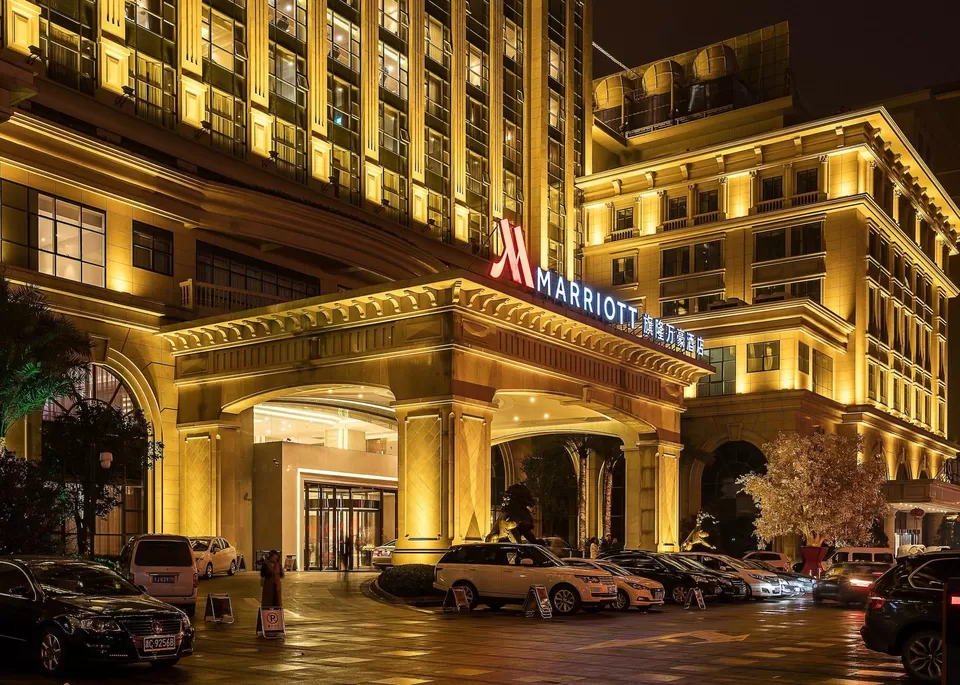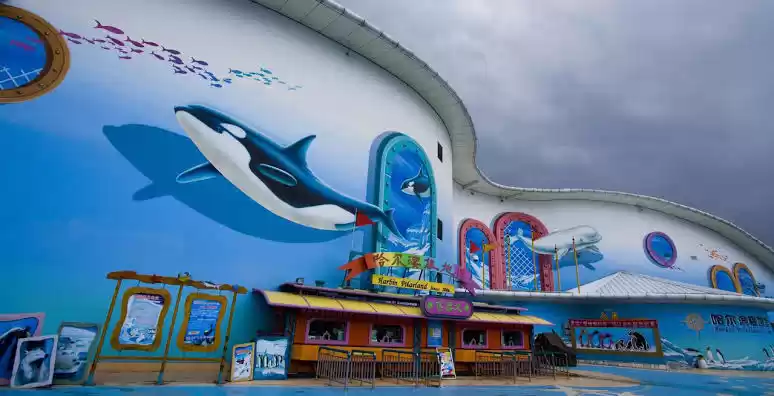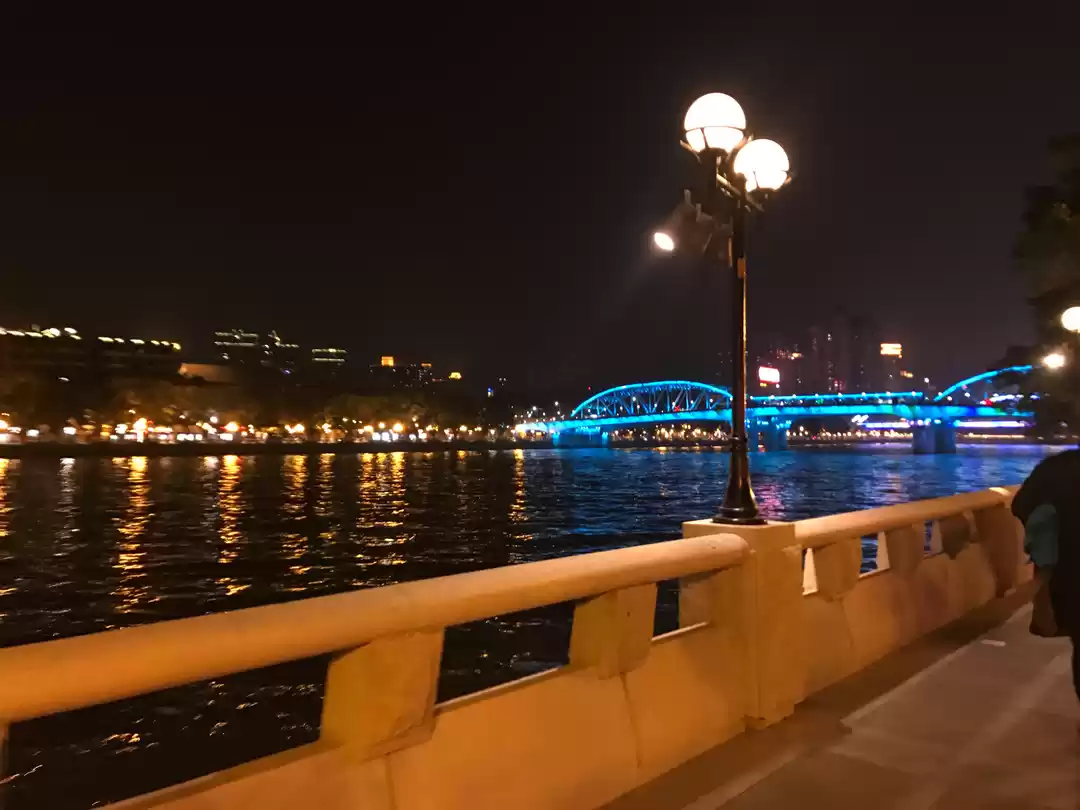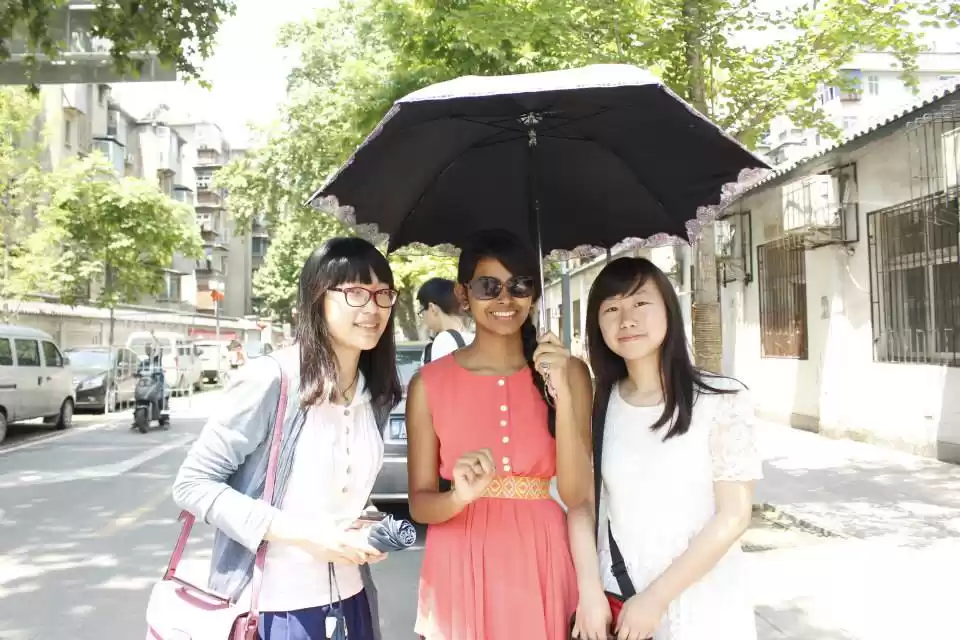
During my recent trip to China's Zhejiang province, I had the chance to spend a few days exploring the city of Taizhou. As one of China’s major manufacturing hubs, I didn’t have high expectations for tourism. But I was pleasantly surprised by the hidden charms of this bustling city sometimes called China’s Mold Capital.
Arriving in Taizhou
My bullet train from Shanghai arrived in less than two hours at Taizhou Railway Station. The new station building gleamed, with soaring steel beams framing walls of glass. Already I could feel Taizhou’s prosperity and rapid growth.
A short taxi ride took me to my hotel located downtown among glittering new high-rises. Taizhou’s cityscape balances modern towers with restored historic architecture along bustling pedestrian streets. Bullish rickshaw drivers vied to give me a lift.
After checking in, I soaked in gorgeous views ofLuyan Lake and the winding Haojiang River from my room. Taizhou straddles the Haojiang, which links it to a network of waterways leading to the East China Sea. This aquatic highway has been key to the city’s development.
Exploring Taizhou’s Historic Canals
At the concierge’s suggestion, I began my tour by exploring the ancient canal system that earned Taizhou the nickname “Eastern Venice.”
Walking north along Yongning River, I came to the remains of medieval city walls and fortifications that once defended against pirates. Waterways large and small crisscross Taizhou, spanned by graceful stone bridges.
Canal-side streets bustled with restaurants and teahouses, some in restored Qing Dynasty buildings. I strolled the pedestrian shopping streets lined with modern boutiques and traditional Chinese medicine shops with enormous ginseng roots displayed out front.
In the alleys, I discovered hidden gardens and pocket temples like Chengshu Temple, serene despite the crowds outside. The canals’ promenades gave the city an almost European feel in places.
Taizhou Museum and City History
To dive deeper into Taizhou’s past, I spent an afternoon at the architecturally striking Taizhou Museum near the canal district. The museum outlines the city’s 2,000 years of history and culture.
I was surprised to learn that Taizhou earned the nickname “Land of Fish and Rice” thanks to bountiful harvests fed by its waters. The city has been an important seaport for centuries due to its location on a coastal plain crossed by rivers flowing to the sea.
But Taizhou’s more recent history is one of entrepreneurship and industry. By the late 20th century, the city emerged as a major manufacturing hub specialized in molds, dies, and machine tools used worldwide. The museum displayed an array of industrial artifacts illustrating this chapter of the city’s growth.
Seeing Where Taizhou’s Products Are Made
Given Taizhou’s fame as China’s mold capital, I was excited to visit some of the city’s many factories. My guide arranged a tour of a facility belonging to Yifeng, one of Taizhou’s leading mold makers.
Donning hardhats, we watched as massive CNC machining centers carved intricate mold components from steel blocks. In another area, workers assembled finished molds before precision grinding and polishing. The company exports tooling worldwide for products from automobiles to iPhones.
We also viewed plastic toys being injection molded before assembly. It was fascinating to see the entire production sequence utilizing molds produced in Taizhou. The scale of productivity was amazing.
Seafood Feast at Luyan Lake
After long days of walking, I was ready for a memorable meal. My friend Peter who lives in Taizhou recommended a seafood restaurant overlooking scenic Luyan Lake. Once dusk fell, the lakefront promenade glowed with colorful lights reflected on the rippling water.
We enjoyed a classic seafood feast featuring dishes like braised yellow croaker fish, shrimp dumplings, and Taiwanese three-cup crab cooked in a clay pot. Taizhou’s waters provide incredibly fresh seafood. Everything tasted incredible paired with local Shaoxing rice wine.
Strolling the lake after dinner, we watched kids running with lighted kites and teenagers practicing dance moves. The lively atmosphere perfectly captured the warmth and livability of this city beyond its industrial might.
New Gardens and Old Towns in Huangyan
On my last day, I took a half-hour high-speed train to reach Huangyan, one of Taizhou's county-level cities. Huangyan was even greener and less developed than Taizhou.
I walked several miles through the sprawling 200-acre Dakangshan Park, said to be southern Zhejiang's largest garden. Ponds, pavilions, and rowboats provided a soothing escape from Huangyan's bustle.
In the afternoon, I wandered the ancient village of Puchaotang with its timeworn temples and dwellings. Locals still lived in the old houses, washing clothes in the river flowing through town.
Catching the bullet train back to Shanghai, I was already missing Taizhou's unique blend of industry, natural beauty, and history that made my visit so rewarding. Taizhou deserves to be better known for tourism beyond its manufacturing credentials. But maybe it's better kept as my own secret discovery.




























